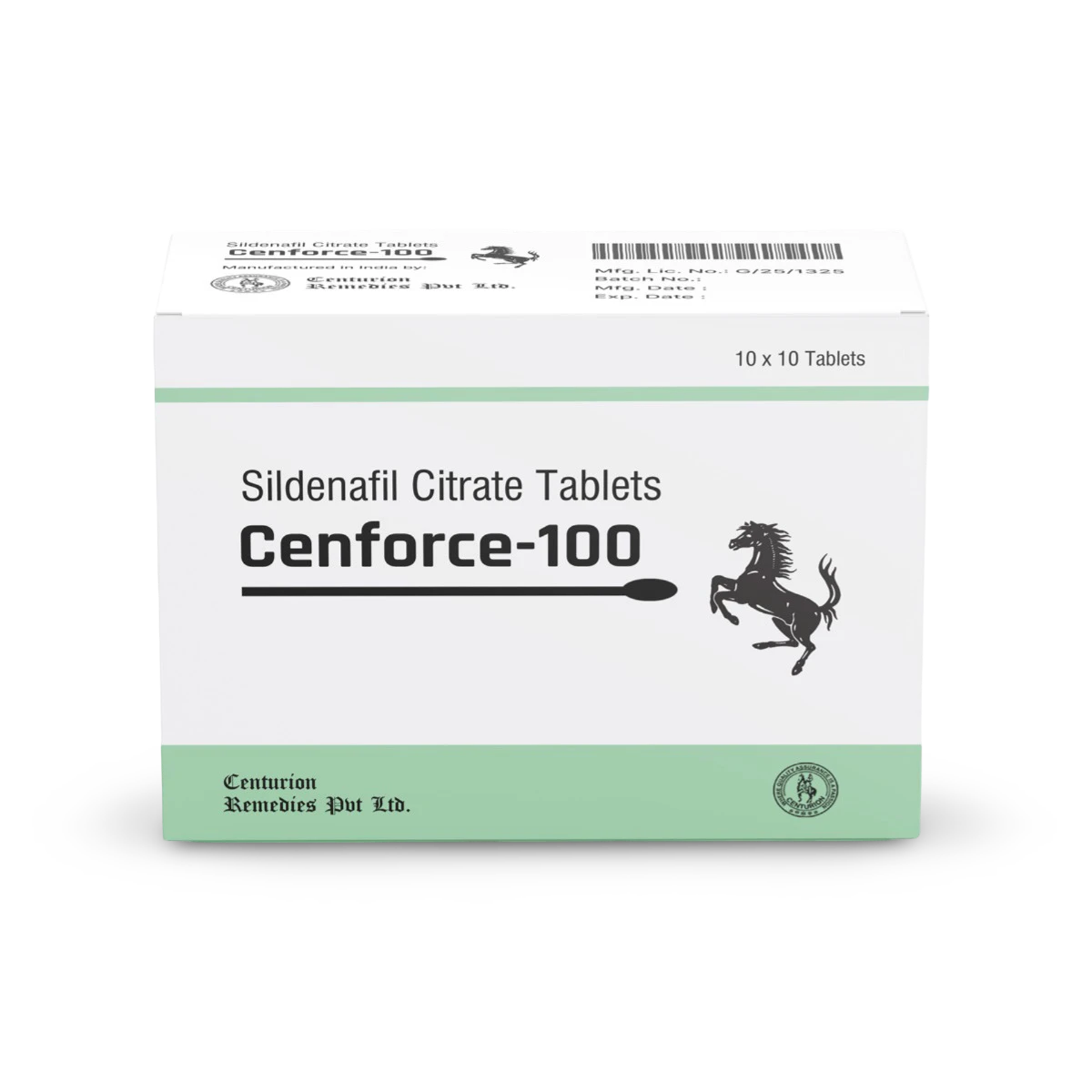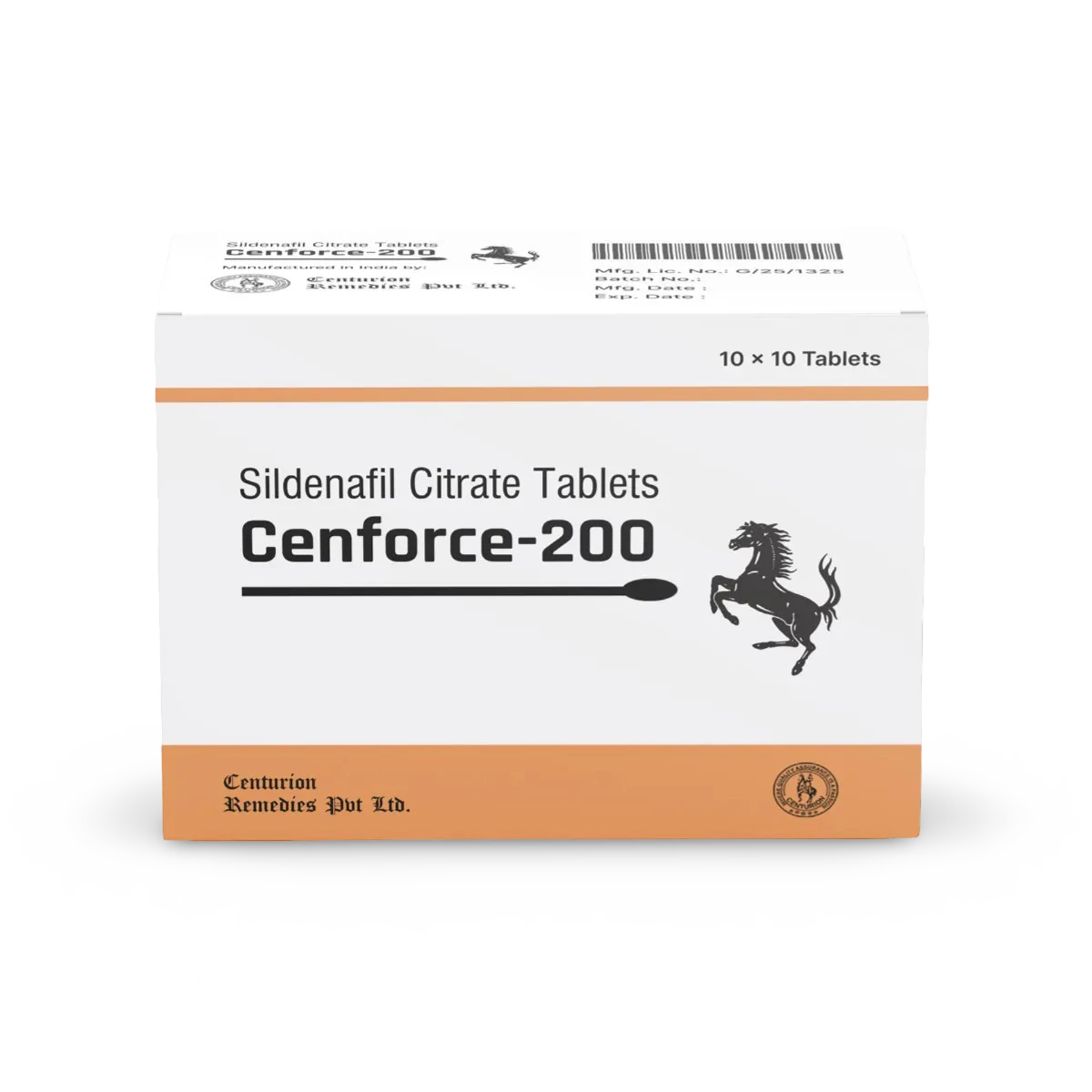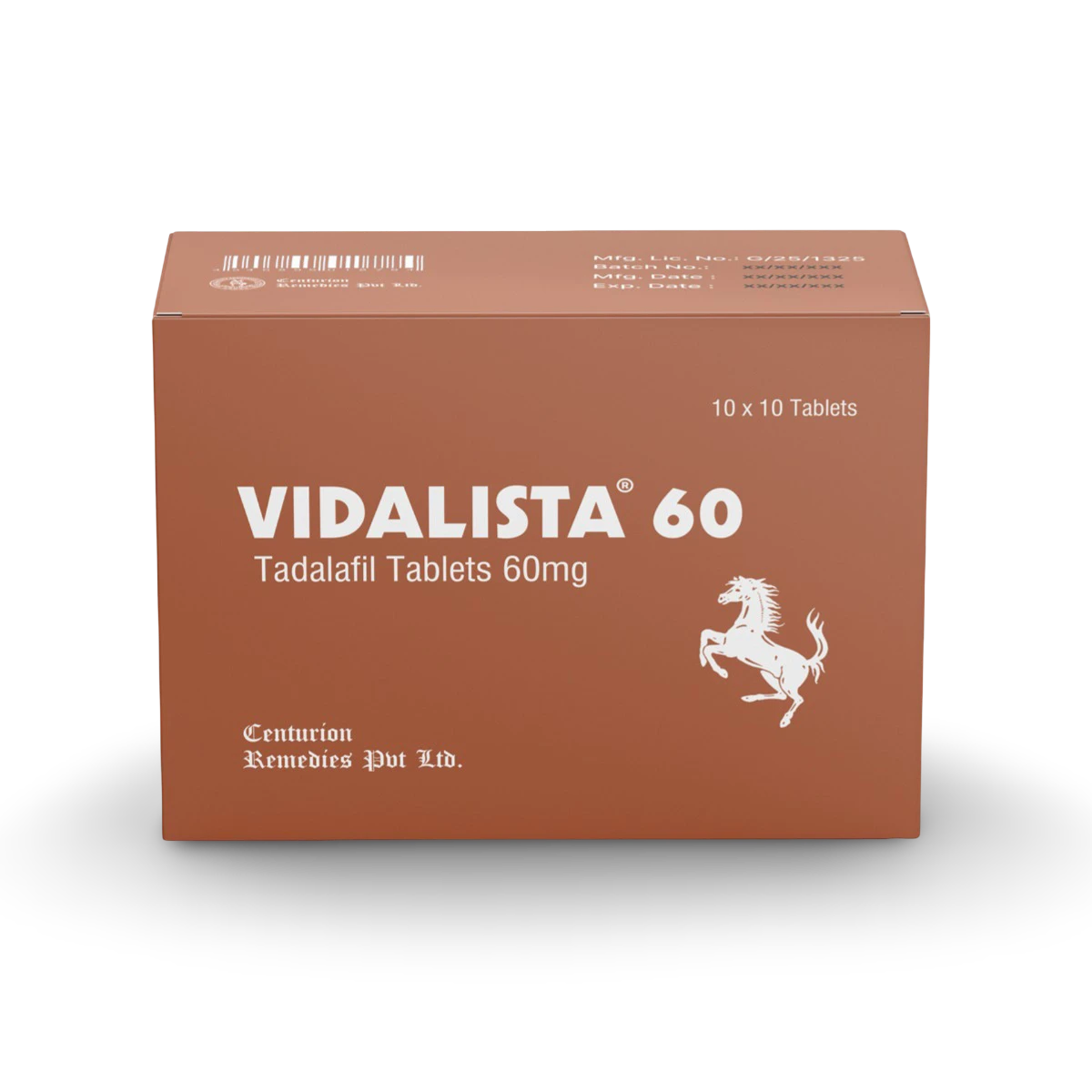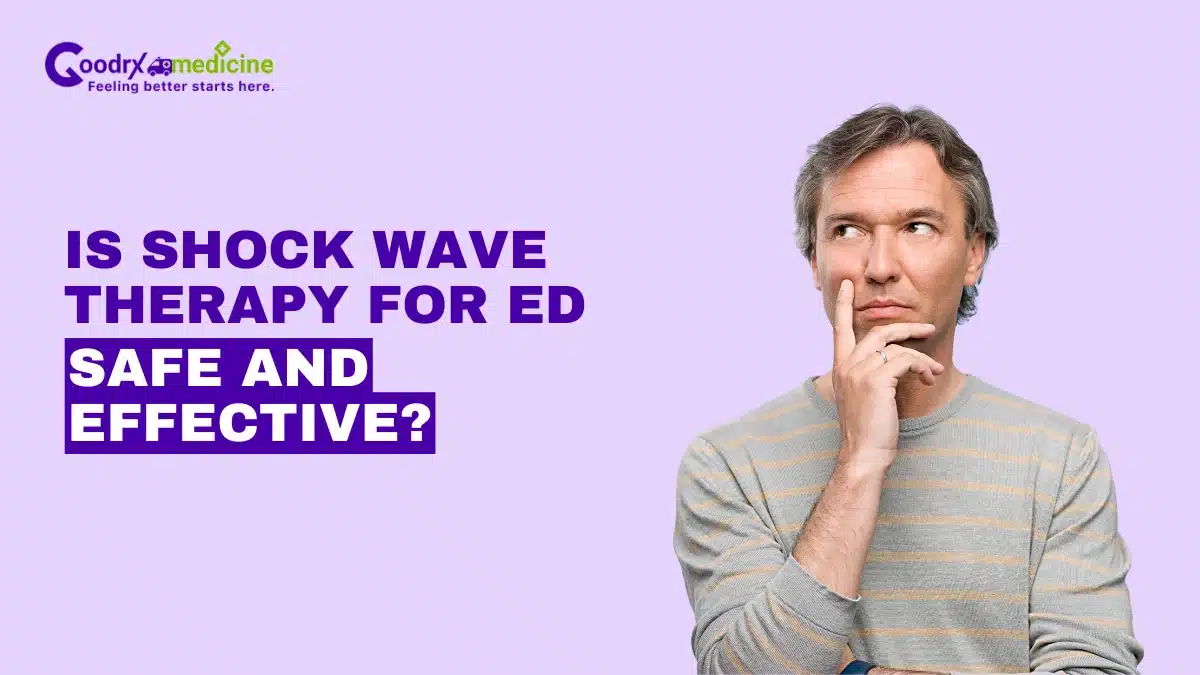Erectile Dysfunction (ED) is a widespread health problem affecting millions of men or Assigned Males at Birth (AMABs) worldwide. It has traditionally been treated with prescription medicines, like Phosphodiesterase Type 5 (PDE5) inhibitors (for example, Viagra, Cialis) or more invasive procedures, like injections and penile implants.
While these approaches are frequently helpful, they treat symptoms without addressing the underlying root cause. In recent years, an innovative, noninvasive treatment has evolved that takes a unique approach: Low-intensity Extracorporeal Shock Wave Therapy (Li-ESWT).
But how effective is it, and what should you know before trying it? This article gives an in-depth overview of shock wave therapy for ED, including its mechanism of action, clinical data, advantages, risks, and current status.
What is shock wave therapy for ED?
Shock wave therapy, commonly known as Low-intensity Extracorporeal Shock Wave Therapy (Li-ESWT), is a noninvasive (non-surgical) treatment for Erectile Dysfunction that stimulates blood supply and repairs tissues in the penis. Unlike high-intensity shock waves that break up kidney stones, Li-ESWT uses a milder, more concentrated energy to generate a therapeutic effect while avoiding tissue harm.
In this noninvasive ED therapy, a healthcare expert uses a portable probe to examine different parts of the penis. A gel is utilized to help in the transmission of sound waves. Patients usually do not require anesthesia but may experience tingling throughout the 15-20 minute treatment. A complete therapy course often comprises many sessions extended over several weeks.
Save up to 90% on your medicine bills

Cenforce 100 mg

Cenforce 200 mg

Kamagra Oral Jelly Rx 100 mg

Vidalista 60 mg
How does shock wave therapy work for ED?
This penile shockwave therapy for ED uses low-intensity acoustic (sound) waves to encourage the formation of new blood vessels and boost blood supply to the penis. The process, known as Angiogenesis, helps in repairing and regenerating injured penile tissue, particularly in men with ED caused by inadequate circulation.
The sound waves also trigger localized stem cells, which may help break up microplaque in blood vessels, improving overall vascular function. Unlike ED pills (like Sildenafil and Tadalafil) that only give temporary relief, ED shock wave therapy helps to treat the underlying cause of ED for long-term enhancement of erectile function and sexual performance.
Who is the right candidate?
Acoustic shock wave therapy for ED is most useful for:
- Men with mild-to-moderate ED
- Those who respond poorly to PDE5 inhibitors (such as Viagra)
- Patients with Diabetes, High Blood Pressure, or early-stage vascular disease
- Men seeking medication-free, long-lasting outcomes
It is not suggested for men with severe nerve-related ED (for example, after prostate surgery) or with untreated psychosocial issues.
Clinical Evidence and Efficacy
Several studies and clinical trials have looked into the efficacy of Li-ESWT for ED, and the results are typically positive, especially for men with mild to severe vasculogenic ED (ED caused by the absence of blood supply to the penis).
A recent evaluation of meta-analysis published in the Future Science OA journal in 2025 revealed compelling evidence that low-intensity shockwave treatment can successfully treat Erectile Dysfunction.
Men who received this therapy had significant improvements in both their capacity to obtain and sustain an erection (measured by the IIEF-EF score) and the firmness of their erections (measured by the EHS score).
While the evidence is encouraging, Li-ESWT’s therapeutic effectiveness is currently being investigated. More research is needed to define the most effective treatment protocols (for example, number of sessions, energy density), examine their long-term viability, and determine which individual populations are most likely to benefit.
Benefits and Risks
Like with any other medical procedure, this acoustic wave treatment also has some benefits and risks associated with it.
Benefits
The shock wave therapy for ED provides the following advantages:
- Noninvasive: The therapy does not require surgery or injections.
- Long-term results: Li-ESWT, unlike on-demand prescription pills, intends to give long-term improvement in erectile function.
- Safe and well-tolerated: The technique is usually regarded as safe, with minimal chance of adverse effects.
- Medication-free: It provides a pill-free alternative for men who do not respond to or choose not to use oral medicines.
Risks
While considered safe, certain rare and relatively minor adverse effects have been documented. These may include:
- During the procedure, you may experience little pain or discomfort.
- Temporary bruising, redness, or tingling in the treatment region.
- In extremely rare circumstances, blood in the urine or a painful erection.
How much does shock wave therapy for ED cost?
The cost of shock wave treatment for Erectile Dysfunction (ED) varies considerably based on the clinic, location, equipment utilized, and number of sessions needed. Sessions typically cost between $400 to $700 in the US, with an average rate of $450 per session.
Treatment programs often include 6-12 sessions spread over many weeks. Because this medication is currently considered experimental or off-label in many countries, it is typically not reimbursed by insurance, requiring patients to pay out of pocket.
However, some clinics may provide reduced packages for whole treatment courses or financing alternatives to make it more affordable.
Current Status and FDA Approval
Currently, the United States Food and Drug Administration (FDA) has not authorized this Extracorporeal Shock Wave Therapy for ED. It currently qualifies as an investigational or experimental therapy in the United States.
This means that, while it is available in many clinics, it is frequently provided as part of a clinical trial or for off-label usage. Due to the absence of FDA clearance, there is no systematic treatment procedure, and the therapy is often not covered by insurance.
Conclusion
Low-intensity Extracorporeal Shock Wave Therapy (Li-ESWT) is an emerging and promising approach to treating Erectile Dysfunction. By addressing the underlying vascular causes of ED, it has the potential to produce long-term, therapeutic outcomes that standard treatments cannot.
While the clinical data is encouraging, mainly for males with mild to moderate vasculogenic ED, it is essential to note that the treatment is still considered experimental in the United States.
Hence, men considering shock wave therapy for ED should consult a certified healthcare expert to evaluate the possible advantages and risks, understand the current treatment status, and decide whether it is the best option for their specific condition.

Frequently Asked Questions
Can shock wave treatment increase penile sensitivity?
Yes, shock wave treatment may increase penile sensitivity in some men by increasing blood flow and promoting nerve regeneration. However, the effects vary, and not all patients have enhanced sensitivity. It is not the main purpose of the treatment.
Is there an age restriction for this treatment?
No. There is no age restriction for shock wave therapy as a treatment for Erectile Dysfunction. However, it is most successful in males under 70 who have mild to severe vascular ED. Effectiveness may decline with age due to underlying health or neurological problems.
Does it assist with Premature Ejaculation?
No, shock wave treatment improves blood flow for Erectile Dysfunction but does not address Premature Ejaculation (PE). Since PE frequently includes psychological or neurological reasons, alternative therapies, such as behavioral approaches or medications, are usually more successful.
Can shock wave treatment cure ED permanently?
No. Shock wave treatment may provide long-term improvement in erectile function, particularly for individuals with vascular-related ED. However, it is not a permanent treatment, and the effects might diminish with time, especially if underlying health concerns are not addressed appropriately.
Can I work out following a shock wave session?
Yes, you may exercise safely following a shock wave treatment session for ED. Since the therapy is non-invasive and requires no downtime, typical physical activities, including exercises and sexual activity, can usually be resumed immediately unless your doctor recommends otherwise.
When referencing outside resources, GoodrxMedicine always provides full citations. To learn more about the measures we use to maintain the quality of our content, please review our Content Information Policy.











